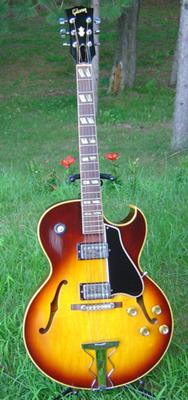Using Chord Inversions?
by Chuck
(Leeds, Alabama)
I understand how to get to the first, and second inversions, but I am hung up on the actual use of them. Is there a method or practice drill I can use to memorize or to achieve facility in knowing what inversion to use? This area of training seems to be lacking.
Is it all just gaining experience or is there a better way to gain the ability to easily know what inversion to use. All the mental manipulation seems time consuming to me in actually playing. How do you quickly know whether to use a first or second inversion while playing? If it takes me thirty seconds to figure it out its usefulness is negated entirely.
Please expound on this. I have been searching all over the net for answers and can't find any?
Thanks much,
Chuck...
ANSWER
Hi, Chuck--
In general, when playing chord accompaniments, it is common to use the inversion that will get you to the chord with the least hand position change.
For example, if you want to go from a root position C Major chord to and A Minor chord, you will note that the C and E are already contained in the A Minor chord, so just change the G to an A and you have the new chord.
Here is an exercise for you:
Start with C Major chord in root position and play this progression--I IV I V I. Use the inversions of each chord in the manner described above.
Then go to a 1st inversion C Chord and go through the same process. Then start with second inversion C chord and do the same.
Do this with all 12 Major chords.
If you want a further lesson about chord inversions, you will find free lessons at:
Piano Chord Inversionshttps://www.may-studio-music-lessons.com/piano-chord-inversions.html
Be sure to scroll down to the section "How to Use Piano Chord Inversions.
Lynne




